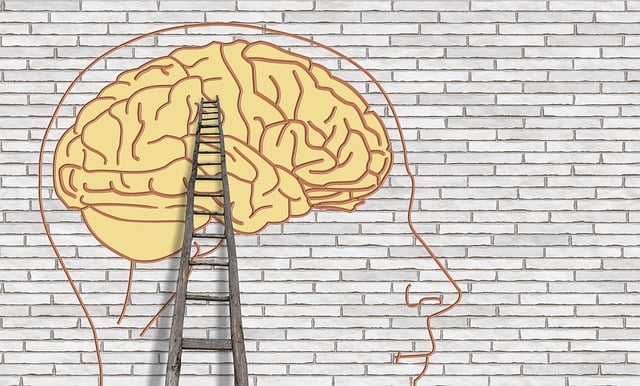Habits are the invisible architecture of our daily lives. From brushing your teeth in the morning to checking your phone at night, our routines are largely driven by unconscious behavior. But how are habits formed in the brain, and more importantly, how can we change them?
Understanding the psychology of habits can help you build positive routines and eliminate the behaviors that hold you back.
What Is a Habit?
A habit is a behavior that becomes automatic through repetition. It’s stored in the brain as a neural loop, requiring little conscious thought. Habits allow us to function efficiently but not all of them serve us well.
Psychologists often refer to the “habit loop,” a three-step process
-
Cue – the trigger that initiates the behavior
-
Routine – the behavior itself
-
Reward – the positive outcome that reinforces the habit
This loop helps the brain conserve energy by automating frequently repeated tasks.
How Habits Are Formed The Brain’s Role
Habits are rooted in the basal ganglia, a part of the brain associated with memory, emotion, and pattern recognition. When we repeat a behavior, the brain creates a neural pathway. The more we repeat it, the stronger and faster the connection becomes, eventually making the action second nature.
Key factors in habit formation
-
Repetition strengthens neural connections
-
Consistency builds routine
-
Rewards release dopamine, reinforcing the habit loop
According to research, it can take anywhere from 21 to 66 days to form a new habit, depending on the behavior and the individual.
Why Bad Habits Stick
Bad habits are often linked to emotional triggers, such as stress, boredom, or anxiety. They offer temporary relief or reward, making them hard to break. Many bad habits form not from intention, but from a desire to avoid discomfort or gain instant gratification.
For example
-
Scrolling social media to escape stress
-
Snacking when bored
-
Procrastinating difficult tasks
These behaviors become deeply ingrained because they work—at least temporarily.
How to Break a Habit
Breaking a habit involves disrupting the habit loop and replacing it with a healthier routine. Here’s how
1. Identify the Cue
Observe what triggers the habit. Is it time of day? A place? An emotion?
2. Understand the Reward
Ask yourself what do I gain from this behavior? Comfort, distraction, satisfaction?
3. Replace the Routine
Substitute the negative routine with a more constructive one that offers a similar reward.
Example Replace the habit of snacking while stressed with deep breathing or a walk.
4. Make the New Habit Easy
Lower resistance. Prepare your environment so the positive behavior is the path of least resistance.
5. Be Patient and Consistent
New neural pathways take time. Track progress, expect setbacks, and stay committed.
6. Use Positive Reinforcement
Celebrate small wins. The brain responds well to rewards even simple ones like checking off a to-do list.
How to Build Good Habits That Stick
-
Start small Focus on one habit at a time.
-
Use visual cues Keep items in sight that support your goal (e.g., workout clothes laid out).
-
Tie new habits to existing routines Known as habit stacking.
Example “After I brush my teeth, I’ll meditate for 2 minutes.”
-
Track your progress Apps, journals, or habit trackers work well.
-
Create accountability Tell a friend or join a group.
Habits are not just repeated actions they are patterns encoded in the brain. The good news is, just as they were formed, they can be reprogrammed. By understanding the psychology behind habits, you gain control over your behaviors and the power to build a healthier, more intentional life.
Whether you’re looking to break a bad habit or build a new one, change starts with awareness and grows through consistency.


